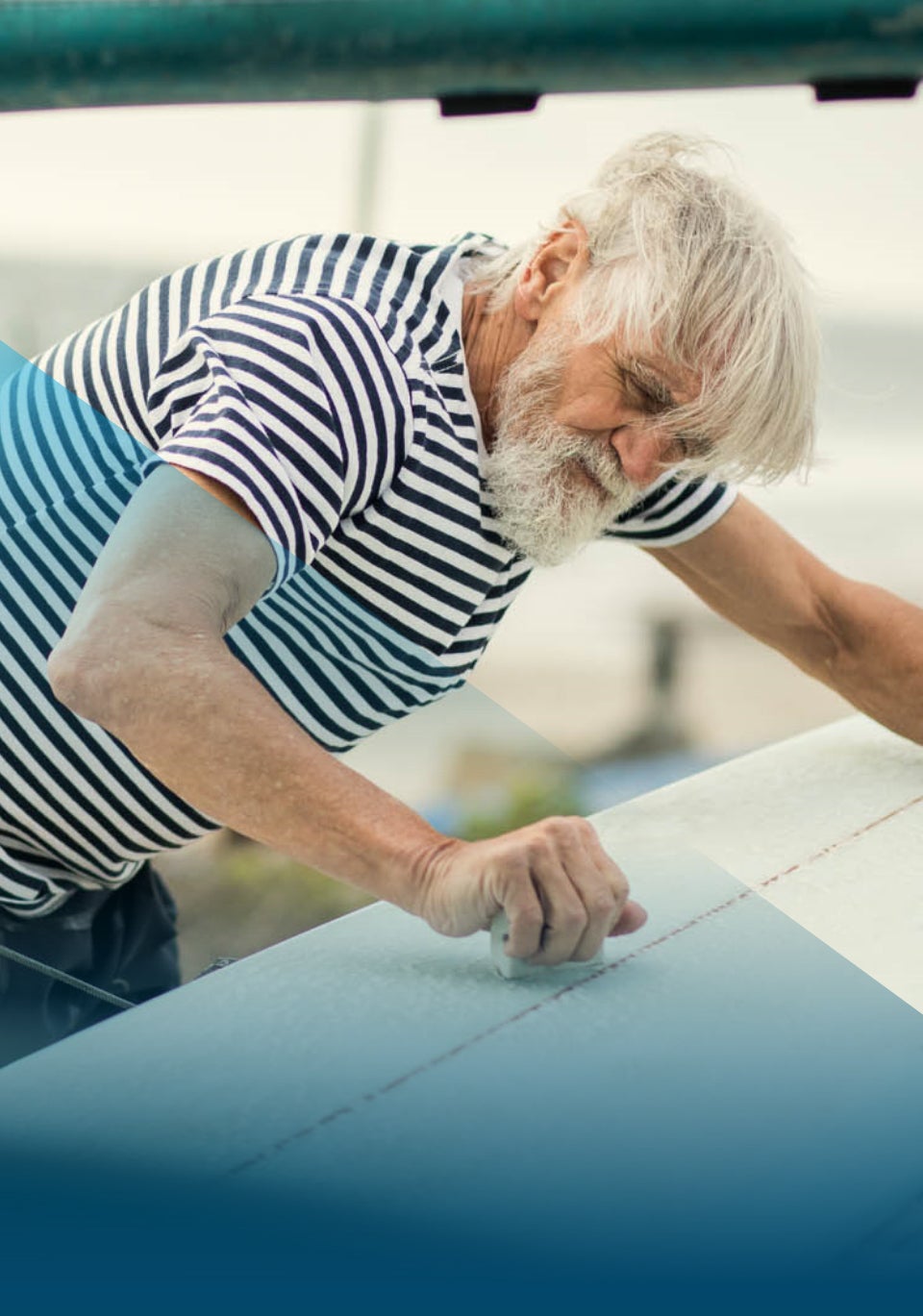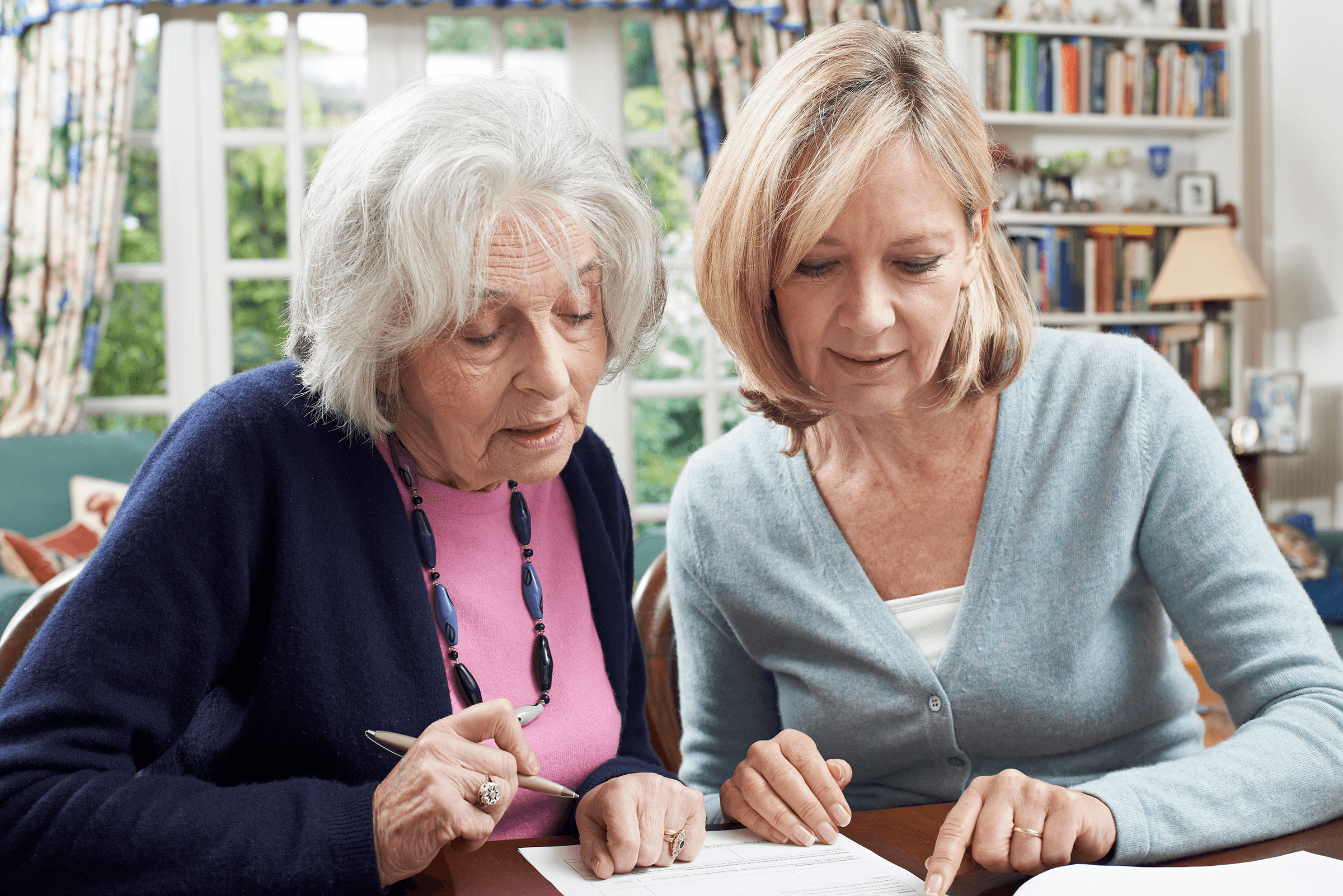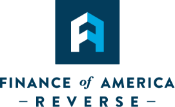Living alone as a retiree can be stressful. Maintaining a house, finances, transportation, security and healthcare as an individual is a lot of work—especially later in life.
But rest assured there are many Americans in the same boat, and there are tools available to help.
About 28% of non-institutionalized people in the U.S. who are 65 or older live alone which amounts to around 8.8 million women and 3.8 million men, according to the U.S. Administration on Aging.* This article further states that for older women, the numbers are even greater: almost half of older women—or 46%—who are 75 and older live alone.
Twice the challenge
What makes living alone in retirement so challenging? Two things: One, you may be less physically able to manage the household tasks; and two, many retirees have fewer resources to rely upon than they did in their working years. Adult children may be consumed with raising their own children, and a fixed (or limited) income can feel stifling.
According to Pew Research Center, older adults living alone feel more financially strapped than those living with others. The Pew Research 2014 survey** indicated that just one in three people 65 or older who live alone say they are “financially comfortable,” while nearly half of those living with others report the same financial comfort.
Still, many older Americans say they want to stay in their homes if there comes a time when they can no longer live on their own, Pew Research finds: Among those surveyed, 61% said they would prefer to stay in their own home and have someone care for them there.
The challenges to achieving this goal may seem daunting, but there is one potential solution available to homeowners in this situation: tapping home equity.
Make your house work for you
With the use of a HECM (Home Equity Conversion Mortgage), or reverse mortgage, qualifying homeowners can access their home equity while they live in the home. Especially for those who want to remain at home as they age, this solution enables those who qualify to take a loan that does not need to be repaid until the borrower passes away or moves from the home. *** The home must be the primary residence and you continue to maintain property charges including property taxes, fees, hazard insurance and maintain the home.
Borrowers can use their loan proceeds for whatever purpose they’d like, including home maintenance, monthly bills, transportation expenses, in-home care, housekeeping and more. Or, they may take the reverse mortgage as a home equity line of credit that can be used or saved for when an unforeseen expenses arises.
You’ve worked hard to achieve homeownership, and the equity you have saved over time could be a safety net to help you remain in your home while you age.
*Administration on Aging (AOA); A Profile of Older Americans: 2014; U.S. Department of Health and Human Services, Administration for Community Living. https://aoa.acl.gov/aging_statistics/profile/2014/2.aspx
**Renee Stepler, “Smaller Share of Women Ages 65 and Older Are Living Alone, Pew Research Center, February 18, 2016
http://www.pewsocialtrends.org/2016/02/18/smaller-share-of-women-ages-65-and-older-are-living-alone/
***Learn more about how to possibly help with the financial challenges of retirement and how to make the most of your assets: Contact a Finance of America reverse mortgage professional today for more information about the borrower requirements to obtain a reverse mortgage and qualifications the home must meet to qualify for a reverse mortgage.
This article is intended for general informational and educational purposes only, and should not be construed as financial or tax advice. For more information about whether a reverse mortgage may be right for you, you should consult an independent financial advisor. For tax advice, please consult a tax professional.















I WANT TO KEEP UP TO DATE ON RETIREMENT TRENDS
Follow Us.